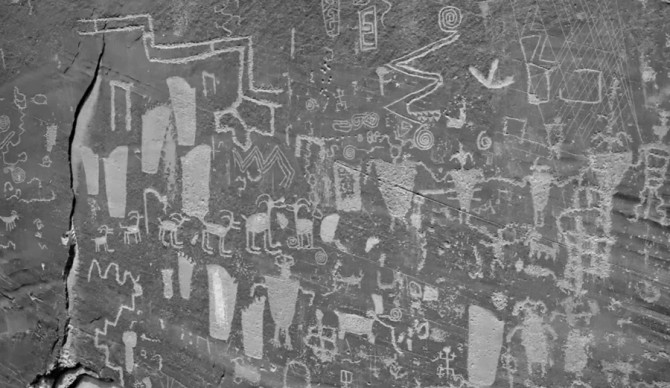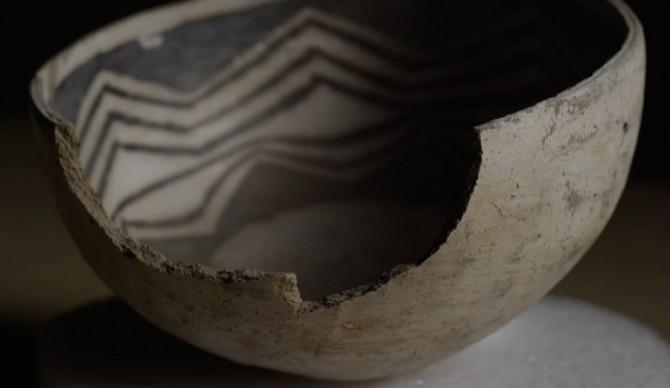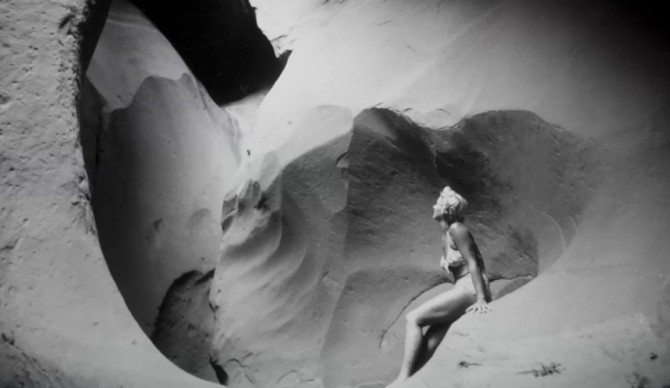“I could hear better, I could feel better, I could speak better… everything was just amplified.” – Katie Lee
We’re getting good at remembering things, “we” being society or civilization or whatever pulled-back terminology you want to identify this increasingly random connection that the lot of us shares as. And while it is nice to look back and reflect on our world’s beautiful and now storied past, therein lies the problem: it is the past, whereas we tend to turn a blind eye to the present and future state of, well, things and how the decisions we’re making will undoubtedly lead to a slew of problems and a greater need to remember. We even have a scientific/archeological term for the last-minute scrambling that takes place in an attempt to preserve artifacts and the memories they carry — salvaging.

But it is all in the name of progress, so I suppose onward we go.

One of the most environmentally disastrous makings of this apparent progress over the past fifty some-odd years would have to be damming and the havoc it has wreaked on ecosystems across the land. Documentary DamNation and National Geographic recently shared the salvage surrounding one particular dam being built above Glen Canyon: “When the Glen Canyon Dam was approved in April 1956, a group of archeologists and river runners set out to document more than 250 culturally significant sites and 125 side canyons that would be flooded by the project. One of those river runners was Katie Lee, a folk singer and Hollywood starlet turned activist.

“As she describes, ‘We would go around a corner, and spread out before us would be this incredible site … Everything was in the right position; everything was perfect.'”

As for people behind the damming? Lee had choice words for them, including mastermind Floyd Dominy.
“No, I never met [Dominy],” she says. “I’d cut his balls of if I’d have met him.”
That is one hell of a woman, as well as one amazing passion she had for that canyon. And having had a look at the canyon, even through old photographs and grainy video, I completely get why. Watch the embedded video above and see for yourself.


